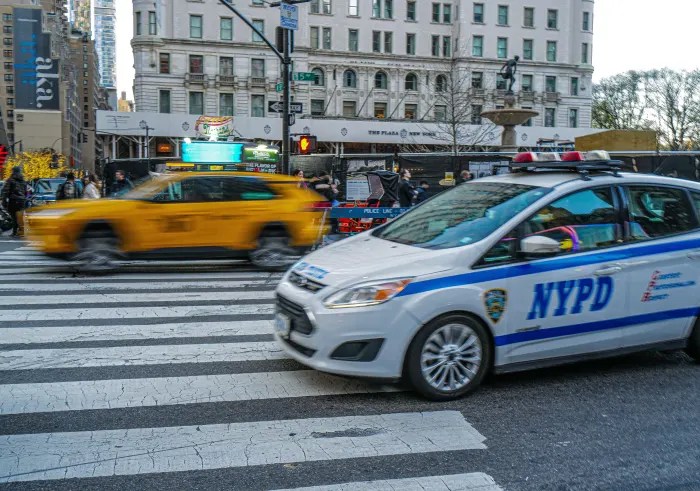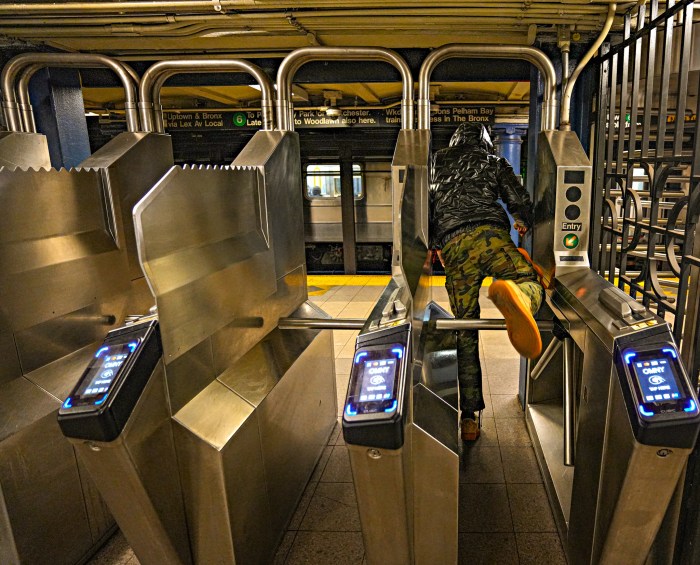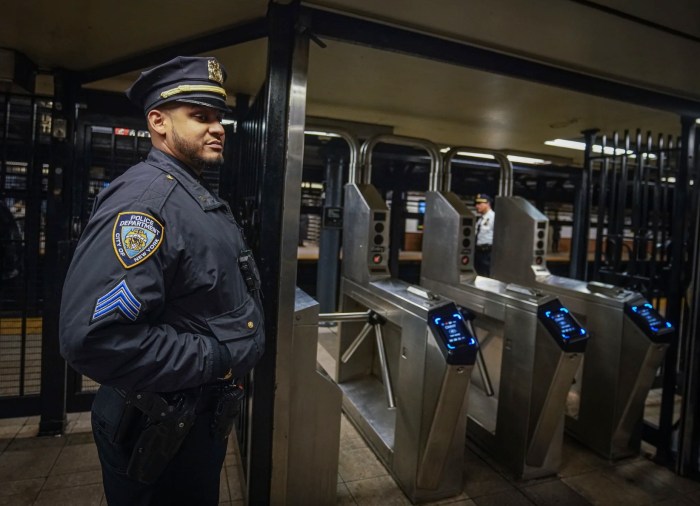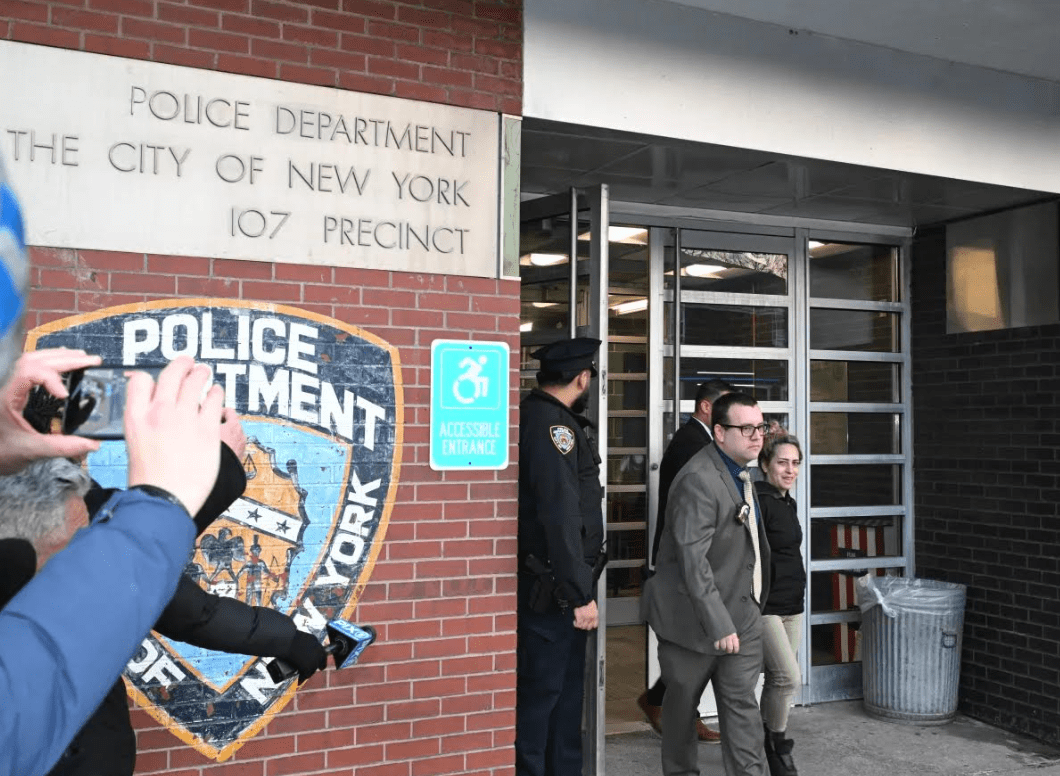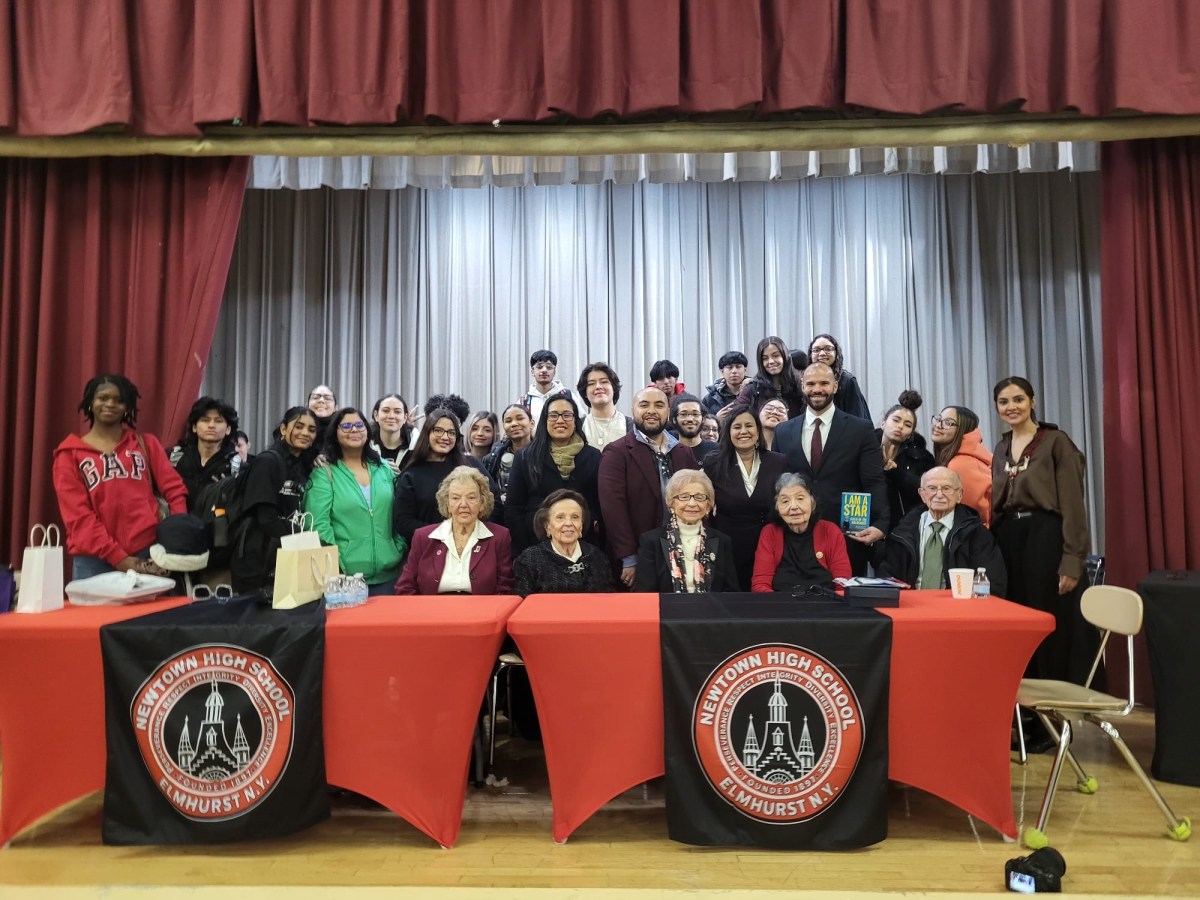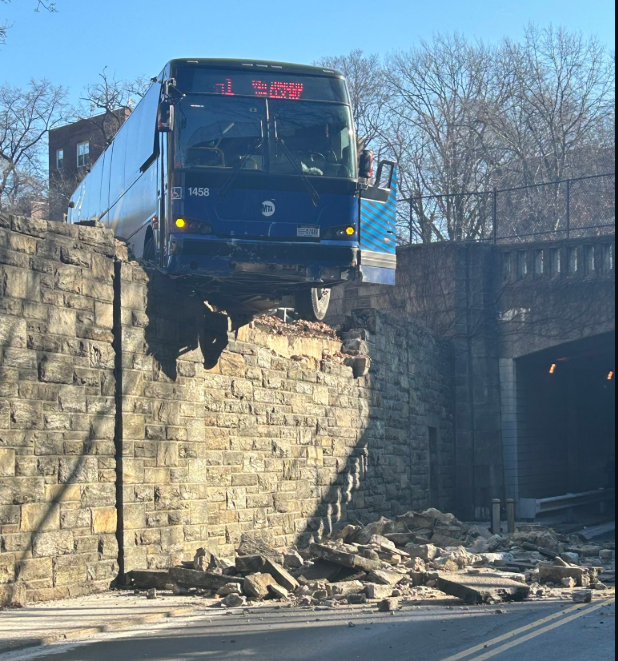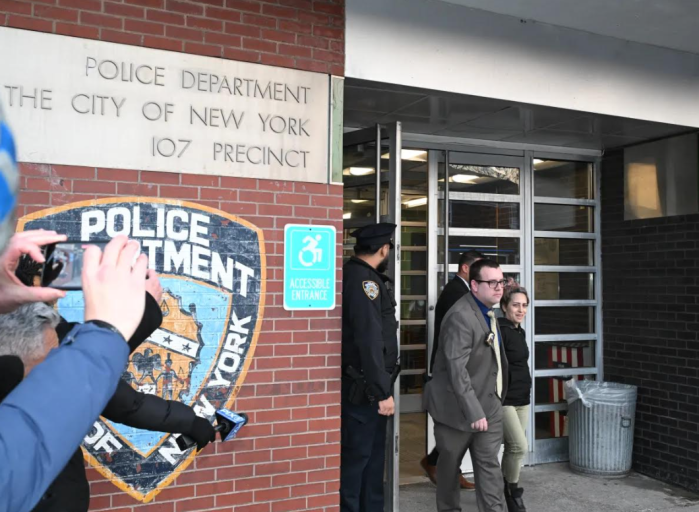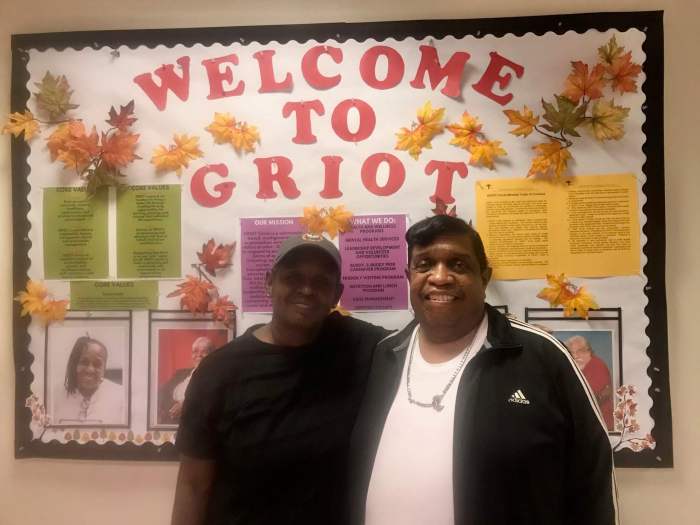
The MTA and de Blasio administration’s L train shutdown plan is a decent first step, but doesn’t go far enough to ensure the subway outage doesn’t create a traffic armageddon in New York City, experts and officials said Thursday.
The highly anticipated shutdown plan from the MTA and city Department of Transportation, released Wednesday, will bring rush-hour changes in the form of a busway on a portion of 14th Street as well as three-person HOV restrictions over the Williamsburg Bridge, among a variety of other subway and bike infrastructure improvements.
“This transcends any capital project that I have ever worked on because the impacts are so far-reaching. It will affect hundreds of thousands of people,” said Polly Trottenberg, DOT commissioner, at a City Council hearing Thursday focused on the shutdown. “People may think it’s just 14th Street and Williamsburg, but it will affect motorists much further out in Brooklyn and Queens trying to come into Manhattan. And we are, I will say quite honestly … still grappling with the traffic impacts of that.”
Some city lawmakers, urban planners and transit advocates question whether the partial restrictions outlined in the plan will support the rapid-fire bus service proposed to help move some of the 225,000 daily L train riders who rely on the train to get between boroughs.
Others criticized the plan for being too Manhattan-focused; too sensitive to the needs of drivers in a time of crisis; or not fully utilizing energy efficient options — specifically all-electric buses.
Ronnie Hakim, managing director at the MTA, believes the overwhelming majority of L train riders traveling between boroughs — about 80 percent — will switch to neighboring lines in Brooklyn and the agency plans to boost service on the J, M, Z, G and C lines accordingly. But that didn’t alleviate concerns about traffic and the movement of buses.
On the streets of Brooklyn, there were demands for a complete rethinking of Grand Street, an already busy street that will play a key role in moving new bus service that will transport people over the Williamsburg Bridge.
“I’m very concerned about the lack of progress we’ve been able to make on the Brooklyn side regarding changes that will help in moving my constituents and a lot of the residents of Brooklyn around,” said Brooklyn Councilman Antonio Reynoso. “The [Manhattan] plans presented to us seem well-developed and it’s a stark contrast between what I would consider developing on Grand Street.”
Trottenberg assured Grand Street will get dedicated bike and bus space, though details have yet to be finalized.
Kate Slevin, of the Regional Plan Association, said the organization would like to see something resembling round-the-clock travel restrictions.
“A lot of people travel in the off-peak and increasingly we’re going to be seeing that happen,” Slevin said. “People travel at all hours on the L train.”
Some 200 additional buses will be used to move commuters. But only 15 of those will be all-electric, which has angered Brooklyn Councilman Rafael Espinal, who represents a district served by the L train.
“We’re using new capital dollars to purchase 200 diesel buses at a time when cities across the country are making a commitment to purchase 100 percent electric buses,” said Espinal.
Others doubted the city would be able to enforce its HOV restrictions on the Williamsburg Bridge, which doesn’t have any shoulders to pull over offenders. Trottenberg said the city will pursue “automated enforcement” of bus lanes approaching the bridge “that can do detection of how many passengers are in a vehicle.”
“But that’s something we’re still working on,” she said. “We will clearly have NYPD enforcement.”
Ultimately the plan was described as a work in progress that will be tweaked after a round of public input sessions planned to start next year.
“We are still, I’m happy to say, a year and a half out,” Trottenberg said. “So we still have a lot of time to get input to work on our analysis and fine-tune this plan as best we can.”



